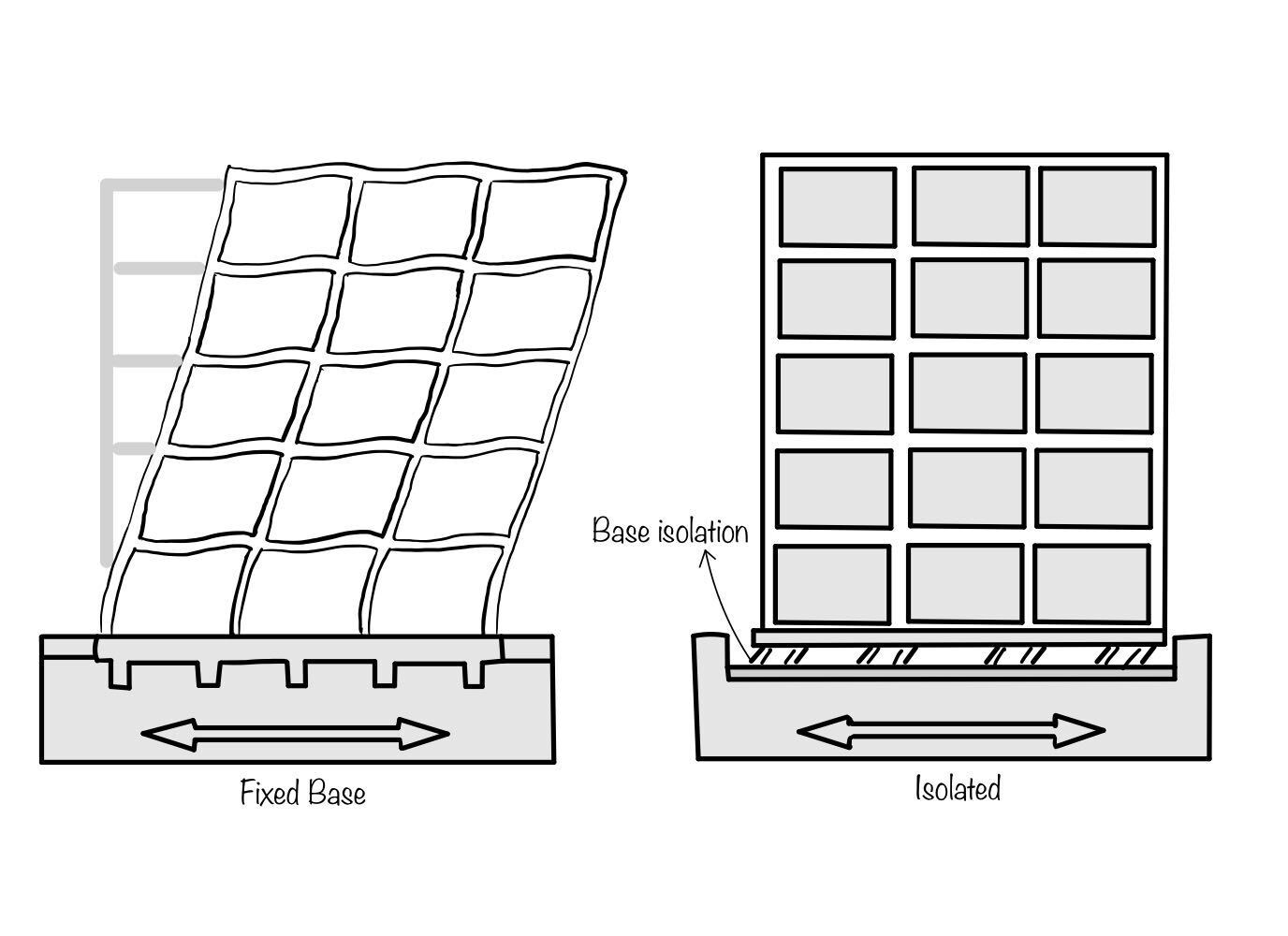Earthquakes can be one of the most unpredictable natural disasters. It causes wide spread damage to buildings and infrastructure, as well as loss of life. However, there are steps that can be taken to reduce the earthquake effects and minimize the damage they cause.
In this blog post, we will explore various methods and techniques to reduce the earthquake effects. Whether you’re a home owner, building designer, or city planner, this post will provide valuable information. So, if you want to be proactive in protecting yourself, be sure to read this post.
Seismic – resistant design, seismic isolation, and seismic energy dissipation systems are used techniques to min. damage. These methods make buildings more flexible and able to absorb the energy of waves, to reduce the risk of collapse and damage.
Base Isolation
The base isolation system is a seismic protection technique that divides the super structure of a building from its foundation or sub structure. The purpose of this separation is to reduce the amount of seismic energy transmitted to the super structure during a disaster, thus significantly lower the potential damage.
Isolation devices, usually in the form of elastic bearings, are placed between a foundation and super structure to ease the building’s ability to “float” above its foundation. During an earthquake, while the earth shakes and the foundation moves along with it, the structure remains relatively stable.

Seismic Dampers
A damper is a device that absorbs vibrations. The terms shock absorbers and dampers refer to the same technology and can be used inter changeably. Seismic dampers works just like the hydraulic shock absorbers in automobiles, they absorb the vibrations from sudden jerks and only transmit a portion of the vibration to the vehicles’ chassis.
Some of the types of seismic dampers are viscous damper, friction damper, yielding damper, magnetic damper, and tuned mass damper.

Buckling-Restrained Braces (BRB)
The braces are subjected to alternate compression and tension during earthquake loads. The steel brace that is normally used shows significant strength and ductility in tension, whereas it delivers only a fraction of this strength and ductility in compression due to buckling.
Buckling Restrained Braces (BRBs) are a cutting edge steel brace system. Unlike other braces that can buckle and fail in compression and tension, BRBs have a uniform yield. The structure of a BRB has four parts: an inner steel core that functions as the yield element, a layer to prevent bonding around the core, an outer casing made of steel (either round or square), and grout filling for added stability to the inner core.

Conclusions
Reducing the earthquake effects on buildings is crucial for ensuring the safety of building occupants. Some of the key techniques and strategies used to minimize damage include:
- Base isolation: which separates the super structure of a building from its foundation to reduce the amount of seismic energy transmitted to the super structure.
- Seismic dampers: devices that absorb vibrations and prevent the transfer of seismic energy to the structure of the building.
- Buckling-Restrained Braces (BRBs): a cutting edge steel brace system that has a uniform yield and is able to withstand both compression and tension.
By incorporating these techniques and strategies into building design, building owners can ensure the safety and stability of their structures. It’s important to remember that proper preparation and planning are key to reduce the earthquake effects on buildings.
This article was crafted by a group of experts at eigenplus to ensure it adheres to our strict quality standards. The individuals who contributed to this article are:
Author

Sivraj
M.Tech
He is a research scholar working to get a doctorate in structural engineering.

